When it comes to maintaining a healthy, safe, and comfortable home, pest control is overlooked. More specifically, termite pest control should be a...
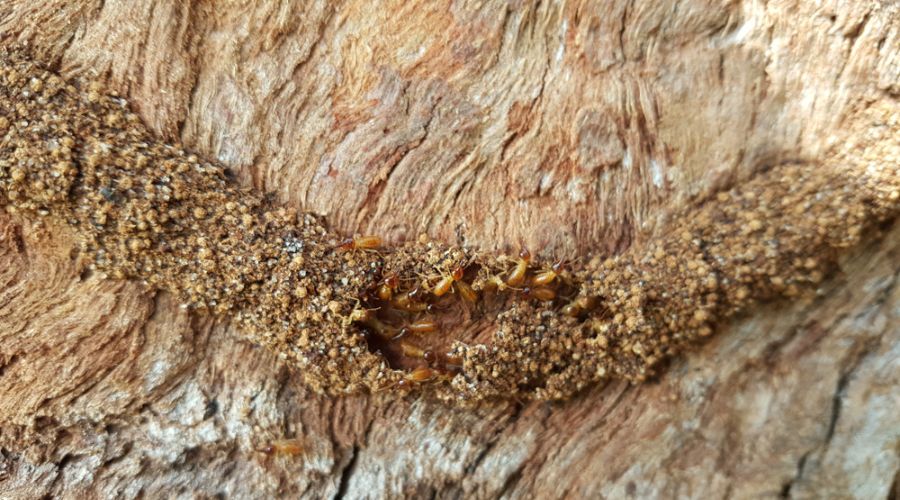

When it comes to maintaining a healthy, safe, and comfortable home, pest control is overlooked. More specifically, termite pest control should be a...
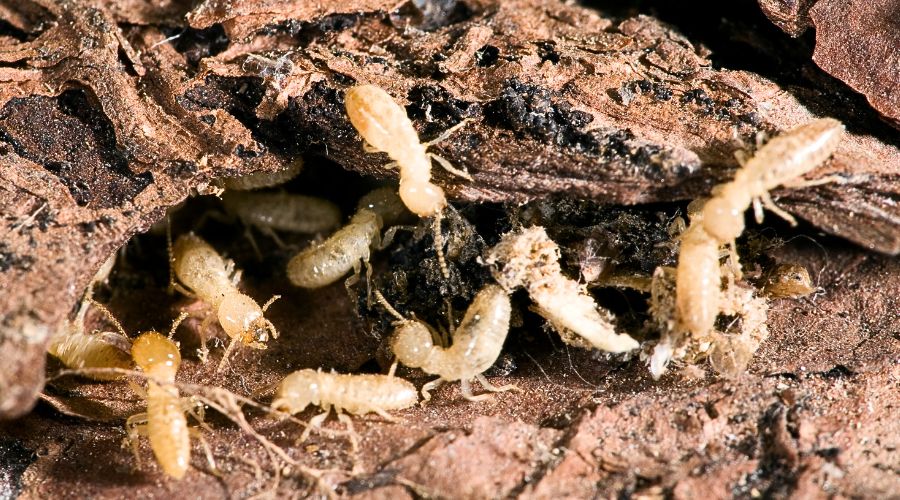
Termites are notorious for causing extensive damage to homes and buildings, making addressing an infestation as soon as possible crucial. There are...
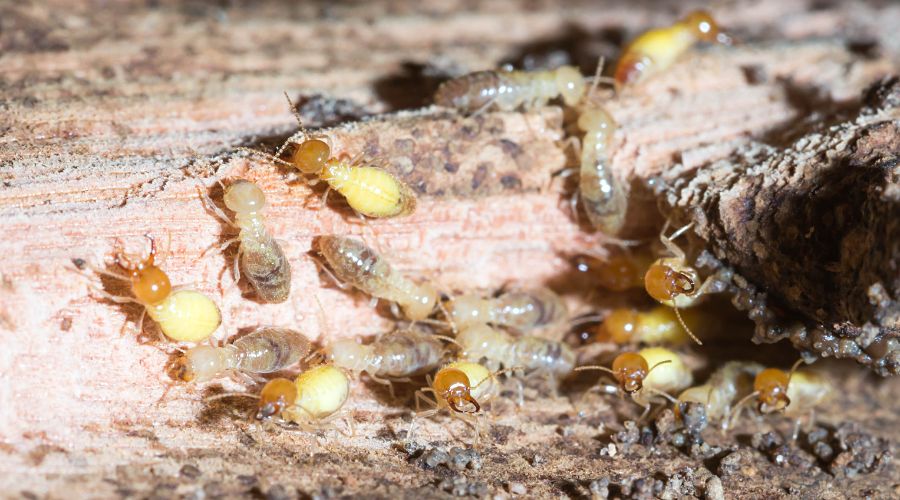
While termites do not pose an immediate health risk to humans by biting or transferring deadly diseases like cockroaches, mosquitoes, or rodents, it...
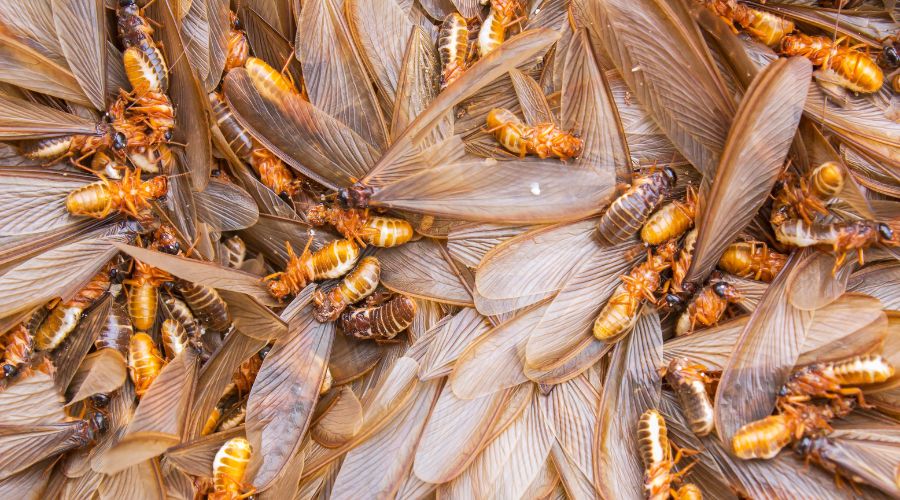
If you notice flying termites around your doors, windows, and deck, it’s time to worry. Flying termites eventually become colonies of termites. If...
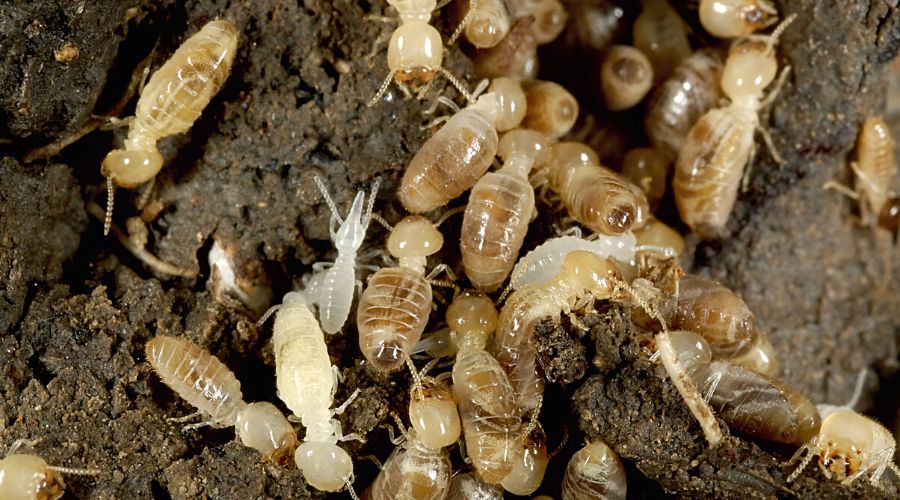
As a Forney resident, your home or business is at risk of termite damage that can easily total thousands of dollars. The tiny wood-eaters compromise...
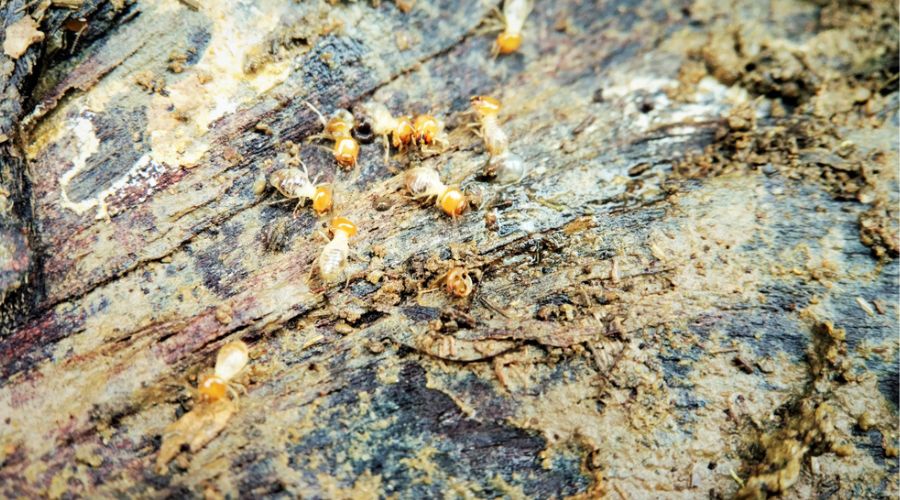
Drywood termites may only cause about 10 percent of termite problems in the United States, but they still contribute to the nearly 600,000 American...
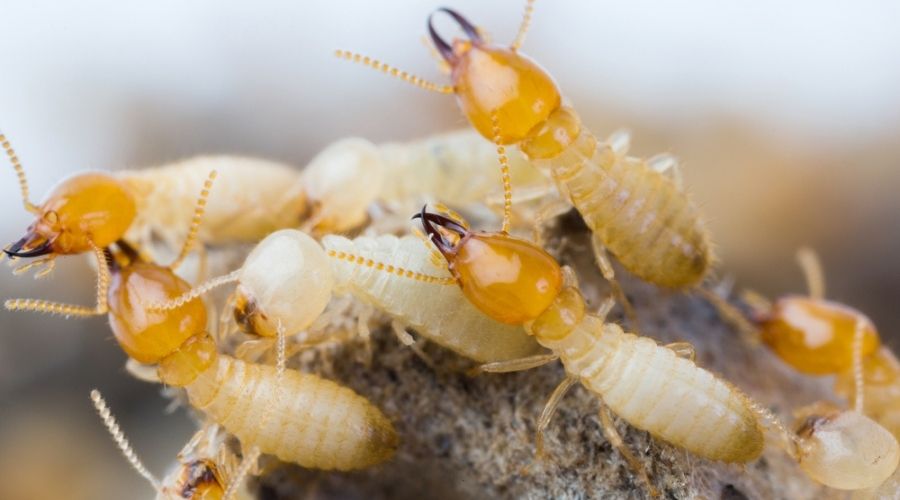
Termites are a wildly invasive and destructive species, causing billions of dollars of damage a year. To better understand how termites might enter...
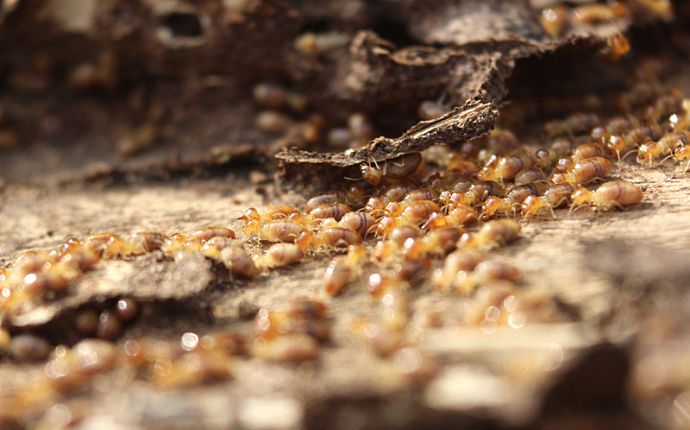
Termite infestation is one of the most common problems for homeowners. Also known as silent destroyers, these tiny insects can cause massive damage...
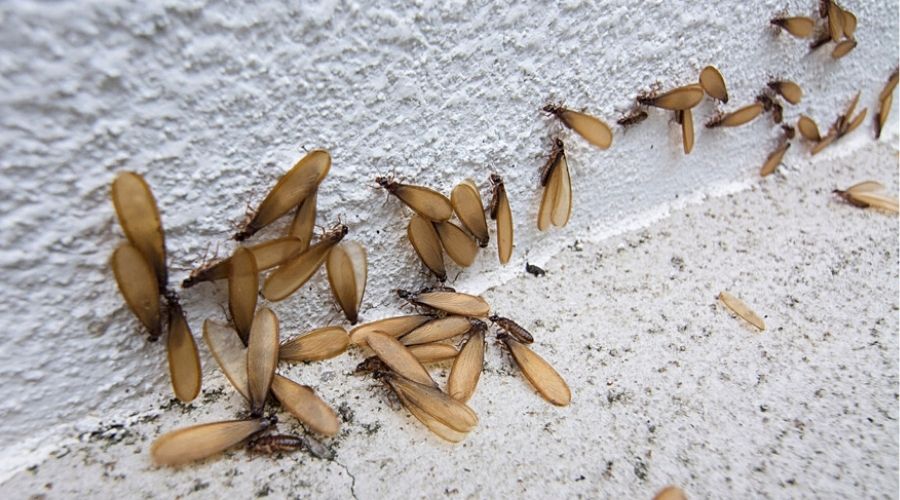
Termites are silent destroyers that can cause irreparable damage to residential and commercial buildings. According to entomologists at Texas...
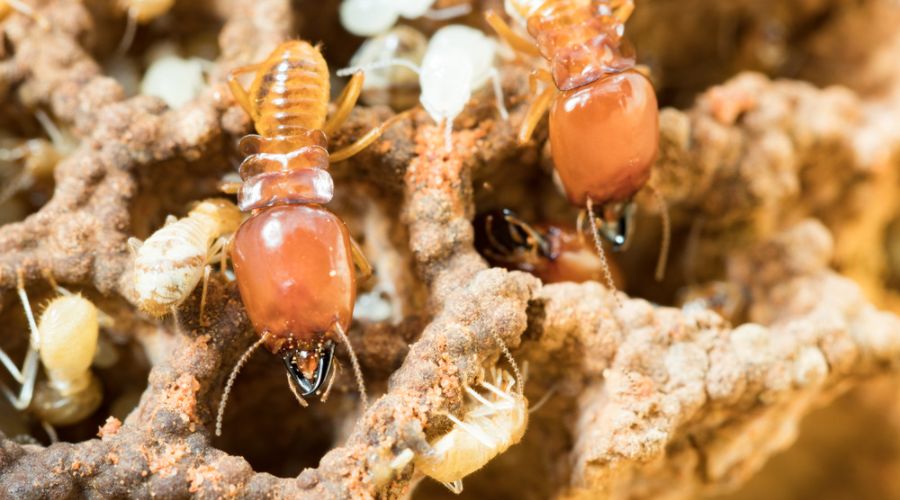
Termites are sometimes called “silent destroyers” because they can cause severe damage to your home while remaining unseen. Each year about 600,000...
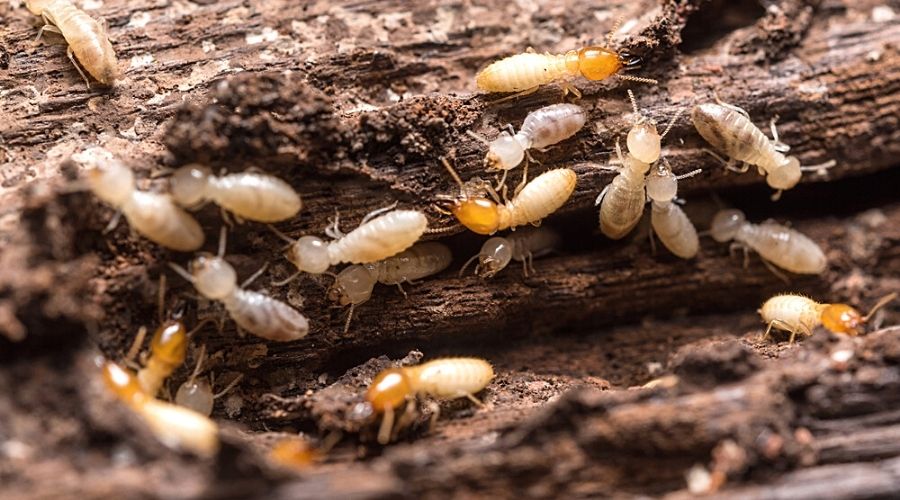
Termites work quietly, causing damage that we may not notice for months or years. By the time we find that damage, it’s catastrophic. They cause...
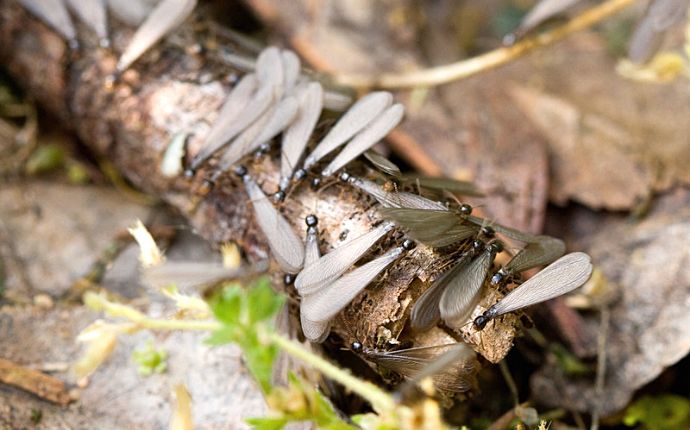
Although termites can benefit the environment, they can be silent destroyers to your home’s structural integrity. They cause extensive damage before...
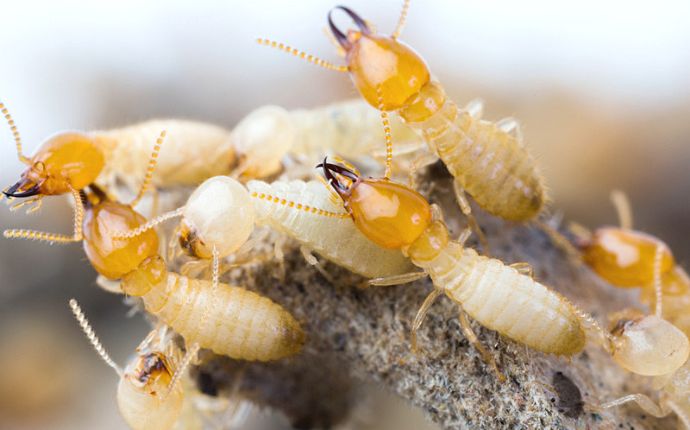
If you own a home or are in the process of buying one, then you may already understand how vital a termite inspection is. Inheriting a house with...
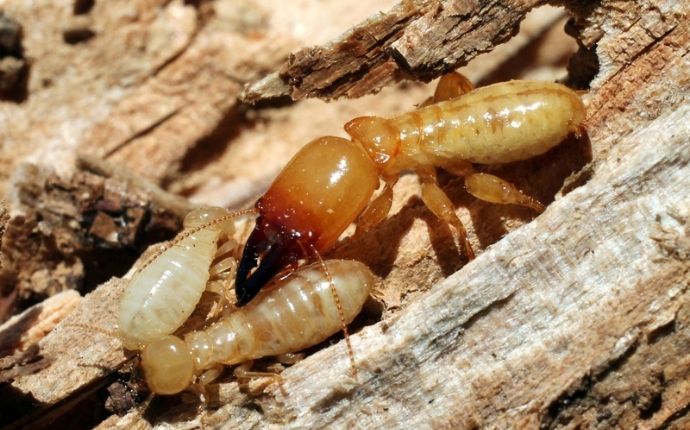
While there may be a lot of big events coming up this spring, one thing you can’t miss out on is Termite Awareness Week. You probably don’t think...
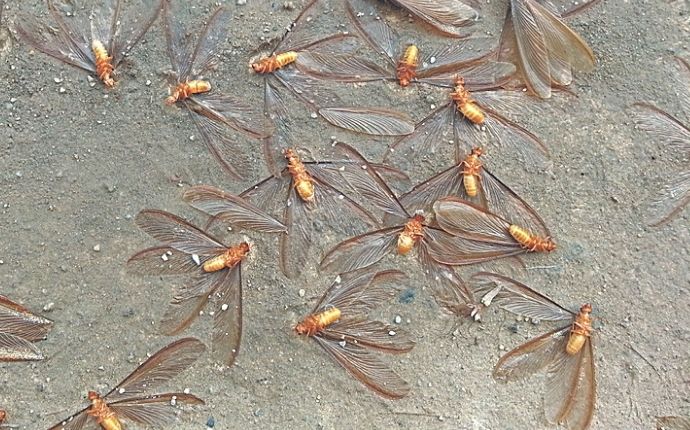
All too often, people see termite swarmers and don't think anything of the flying insects. After all, they just look like ants flying through the...
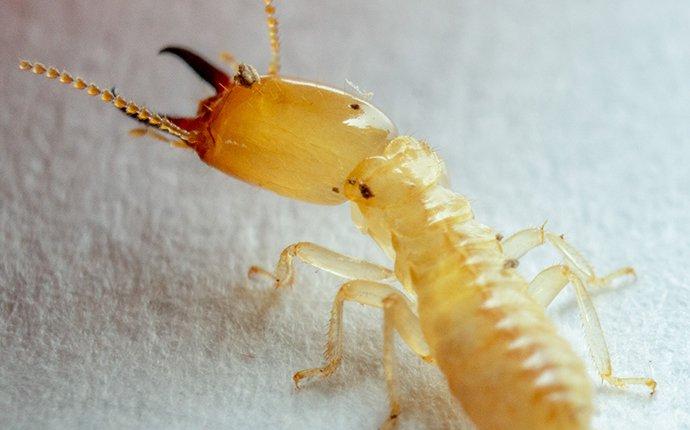
With the Alamo, the San Fernando Cathedral, the Riverwalk, the Tower of the Americas, and so much more, there’s a lot to love in San Antonio. In...
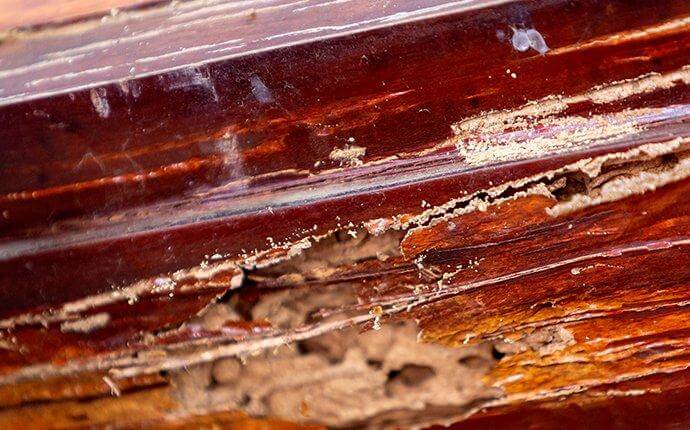
Dallas' home and business owners can lose everything to termites. That's no exaggeration. Since these insects consume wood, the foundations of your...
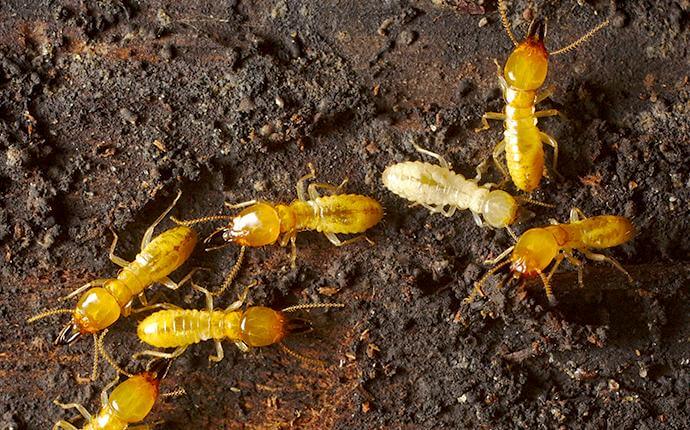
While some areas of the country aren’t as likely to deal with termites, they are a common occurrence in the Fort Worth area. Because of the high...
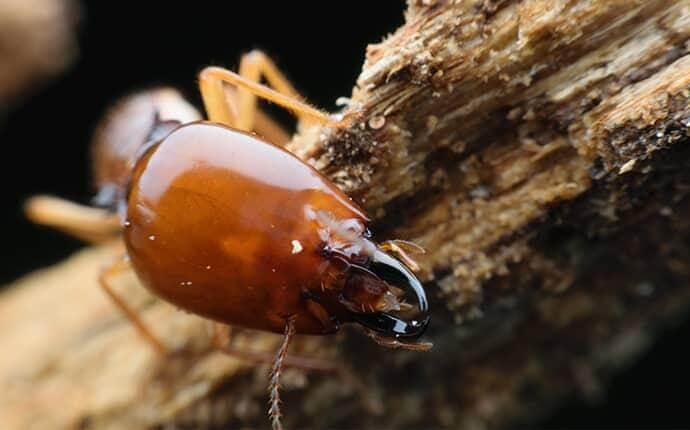
Have you ever looked in your refrigerator and found a bite taken out of something you planned on eating later? Even though it is just one bite,...

Some pest infestations are more subtle than others – and that’s not a good thing. Termites, for instance, can toil within your walls for weeks or...
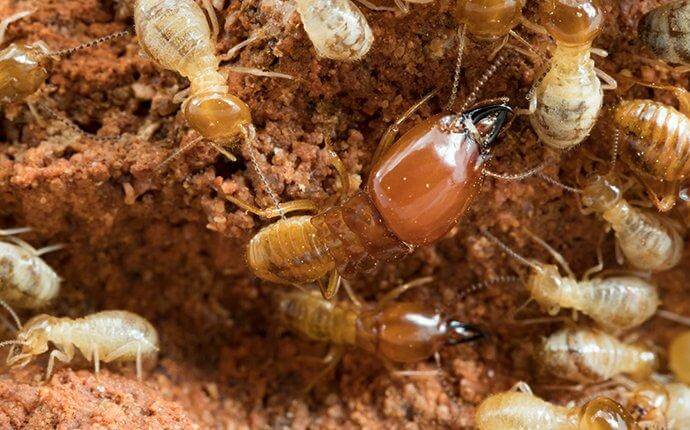
Termites can be a home or business owner’s worst nightmare. Fortunately, you don’t need to wait until it’s too late to deal with termites. There...
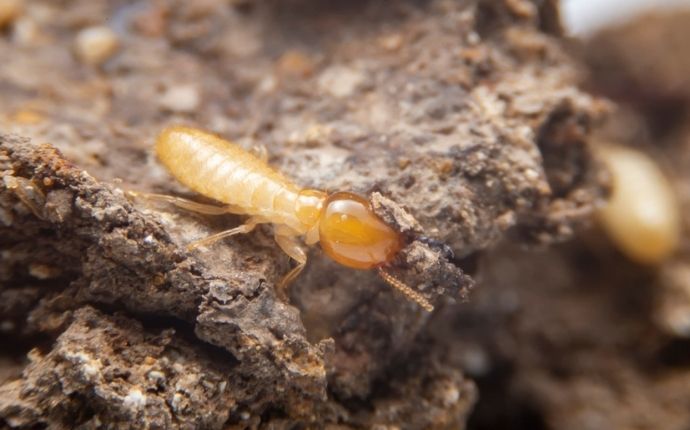
Although termites aren’t pests you want near your home, they are fascinating insects. There’s a lot of information you probably don’t know...
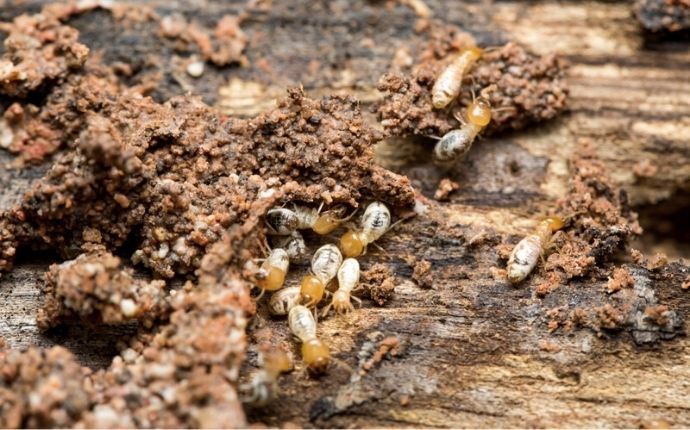
The weather is warming up and it’s time to pull out your favorite sports gear, your fishing rods, and your spring-cleaning supplies. Spring is a...
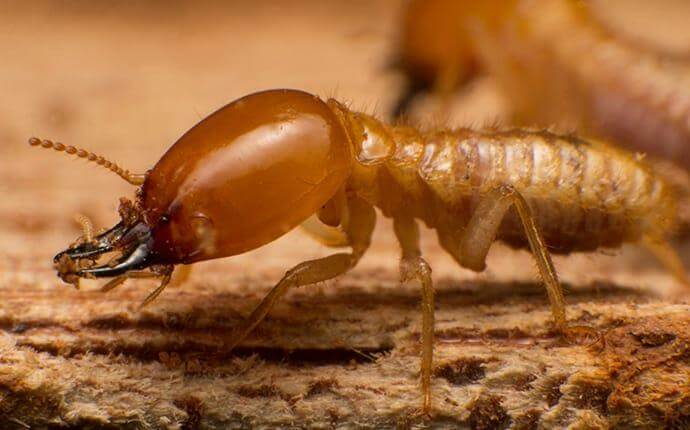
ermites are some of the most infamous pests in the world. They are widespread and cause extensive damage, which gives them this...
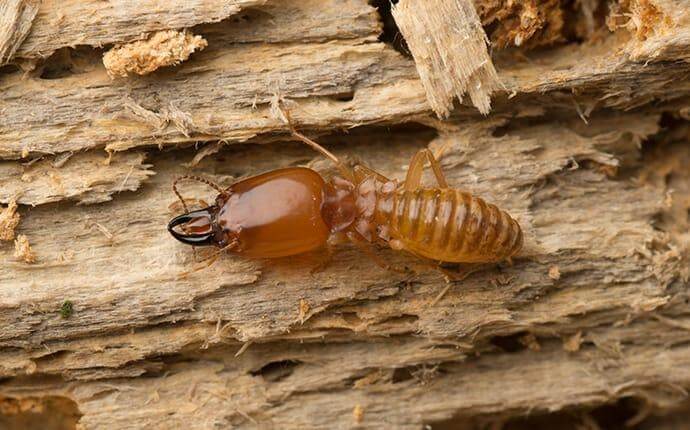
San Antonio is home to the Alamo, Tower of the Americas, Historic Market Square, many museums and missions, and termites. These are destructive...
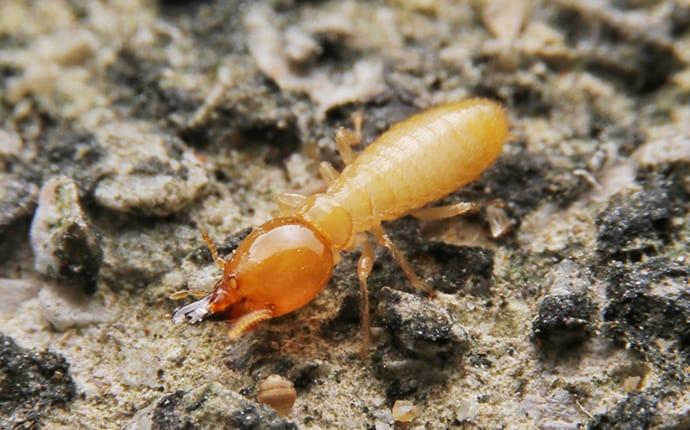
It’s simple. No Fort Worth homeowner wants to deal with the threat of termite damage. Unfortunately, here in Texas, termite infestations are...
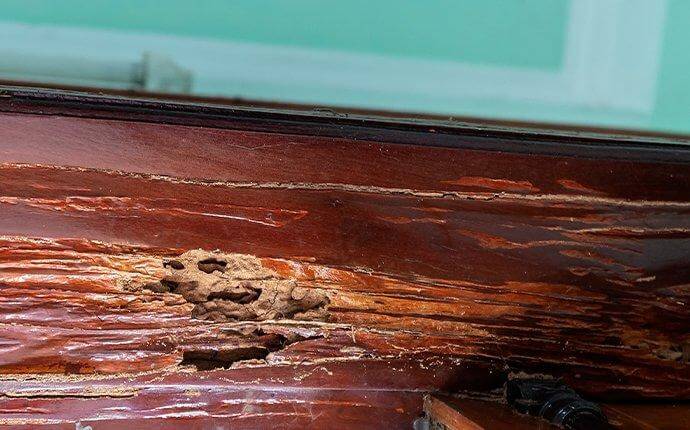
Termites are a major problem across the United States but are even more of a problem here in San Antonio, TX. Our warm average yearly temperatures...
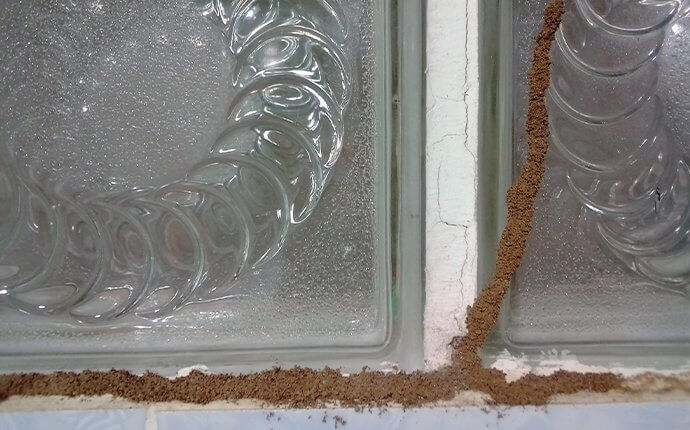
In the Dallas-Fort Worth area, as well as the rest of Texas, termites are abundant. Through most of the south, termites have a heavy population in...
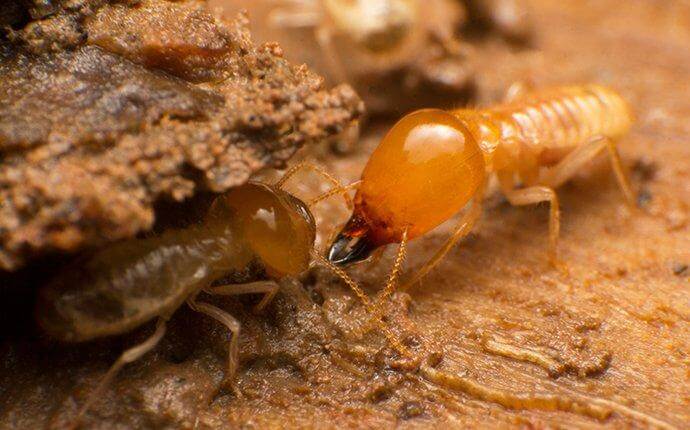
You've probably heard that we have termites here in the Greater Houston area. Have you also heard that we have the worst termites in the United...